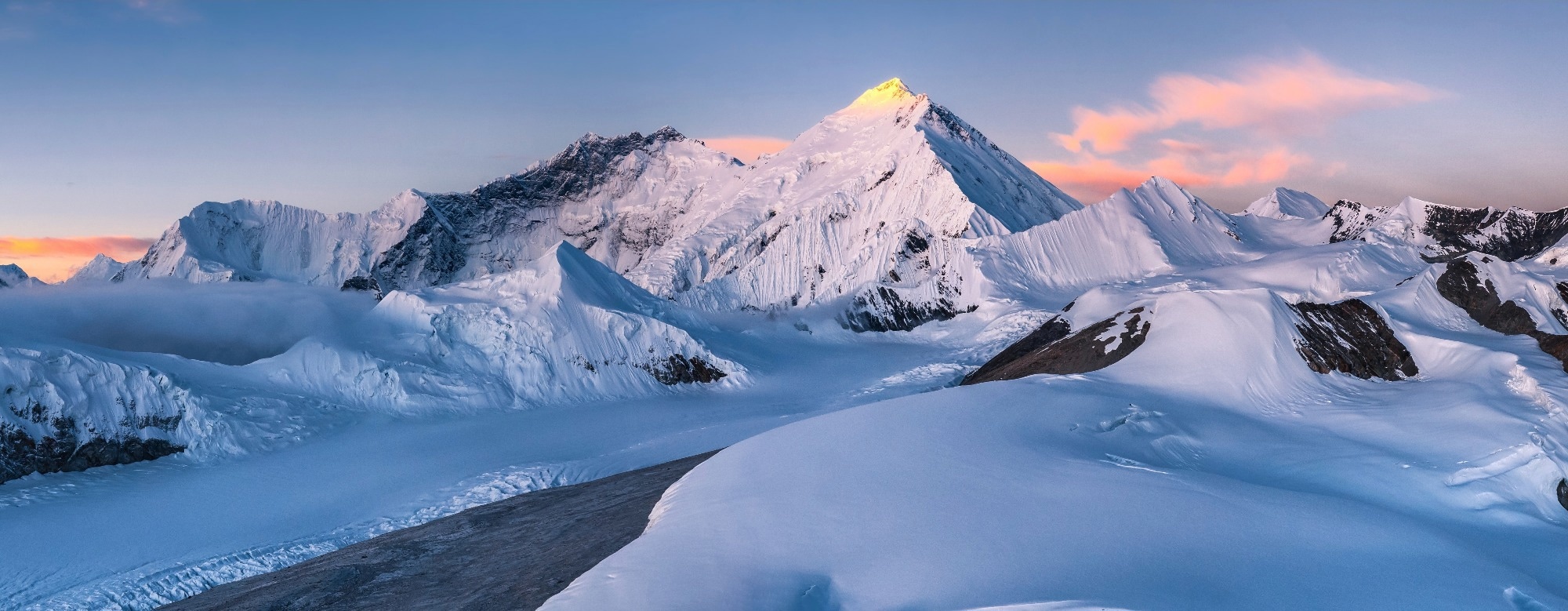The Second Tibetan Plateau Scientific Expedition and Research (STEP) group has made an important contribution to the understanding of the average snow depth on Mount Qomolangma.
 Mount Qomolangma. Image Credit: MA Chunlin.
Mount Qomolangma. Image Credit: MA Chunlin.
The investigators used ground-penetrating radar (GPR) technology in a novel way, beginning measurements from exposed limestone at a lower elevation point, resulting in more precise measurements. The researchers determined a snow depth of 9.5 ± 1.2 m at the summit using this new method, which differs significantly from previous estimates of 0.9 to 3.5 m.
The research was published in The Cryosphere on July 6th, 2023.
These data were collected by the group during the STEP “summit mission” in April and May of 2022. To guarantee precise measurements of the summit’s snow depth, they employed a Sensor & Software Pulse EKKO Pro GPR system that includes a transmitter–receiver antenna specifically designed to withstand Qomolangma’s harsh conditions.
Our innovative approach allowed us to discern more accurately the boundaries between the snow and rock, refining our understanding of the actual rock height of Mount Qomolangma beneath its snowy summit.
Wei Yang, Study Lead Author and Researcher, Institute of Tibetan Plateau Research, Chinese Academy of Sciences
Prof. Tandong Yao, the expedition’s chief scientist, emphasized the significance of this research as well:
This finding uncovers more than just snow depth—it opens a path towards a deeper understanding of our planet and the impacts of climate change at high altitudes on the Earth.
Tandong Yao, Professor, Chinese Academy of Sciences
The snow depth on Mount Qomolangma is a critical climate indicator. Weather-driven changes in snow accumulation and drift have a significant impact on total snow depth. Researchers can now dive deep into analyzing climatic interactions thanks to the new, improved measurement.
Prof. Wei Yang stated that the STEP team intends to use this inventive radar method to study snow stratigraphy and snowpack properties on Mount Qomolangma’s summit in the future. These studies will help better understand the impact of anthropogenic climate change on the world’s most extreme environments.
How deep is the snow on Mount Everest? Video Credit: Yang Wei, et al.
Journal Reference:
Yang, W., et al. (2023). Brief communication: How deep is the snow on Mount Everest? The Cryosphere. doi.org/10.5194/tc-17-2625-2023.